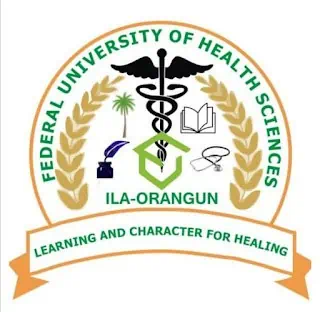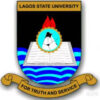Data obtained from the Joint Admissions and Matriculation Board, the agency responsible for the regulation of admissions into tertiary institutions in Nigeria revealed that out of over 1,256,494 candidates who applied for Medicine-related programmes in Nigerian public and private universities in three years, only 105,226 were admitted.
The figures were obtained from the statistics of admissions for 2019, 2020 and 2021. The PUNCH reports that the admissions for 2022 are still ongoing in some universities due to delays from the strike by the Academic Staff Union of Universities and other university-based unions.
Some Medicine-related courses in Nigerian universities include Medicine and Surgery, Nursing, Anatomy, Physiotherapy and Pharmacy among others.
In the data obtained by our correspondent, in 2019, a total of 436,799 applied for 30,111 quotas for Medicine-related courses, however, 34,734 were admitted. The figure was higher than the recommended quota by JAMB.
Further analysis of the data revealed that in 2019, JAMB increased the quota for Medicine-related courses in Nigerian universities to 43,717.
That year, a total of 452,196 applied but only 36,821 applicants were admitted.
On its website, the regulatory board explained that some of the factors responsible for the failure of some candidates to get admitted include, “wrong O’ Level subject combination, low post-UTME scores, UTME combination deficiency, duplication of application, absence from post-UTME screening, mismatch of catchment institutions and absence of O’ Level results.”
A teacher at an Abuja-based private secondary school, Titilayo Rufus, said, “Most of the time, you have students who are not strong in certain O’ Level subjects needed for Medicine but then you still see them struggle to add Medicine-related courses in their UTME application.
“I think the issue still lies with the kind of curriculum we operate in secondary schools. The curriculum is not structured in such a way that prepares students for a world of possibilities outside popular courses such as Medicine, Law and Engineering. These days, we now hear people talking about tech, UI/UX designing and all of that, the curriculum at the secondary school level also needs to be worked upon.”
About Author










































